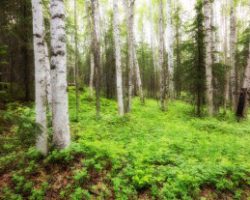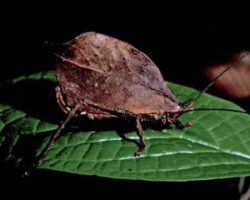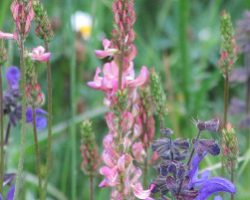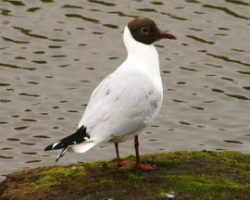
Securing the future of our natural capital: a 25 year strategy
Written by Ben Connor, policy officer at the British Ecological Society. This piece was originally posted on the BES blog. A comprehensive 25-year strategy to protect and enhance England’s natural capital is required if the Government is to meet its commitment for this generation to be the first to leave the natural environment in a better state than it inherited. Business as usual is not an option, with long-term trends indicating that our natural capital is in decline, presenting a profound risk to our future wellbeing and prosperity. New legislation, backed by close collaboration between the public sector, business and civil society, will be required to ensure that this strategy is delivered. Those were the headline recommendations of the third and final report of the Natural Capital Committee, released yesterday and formally launched at the Royal Society last night. The report represents the culmination of three years’ work by the Committee –…



